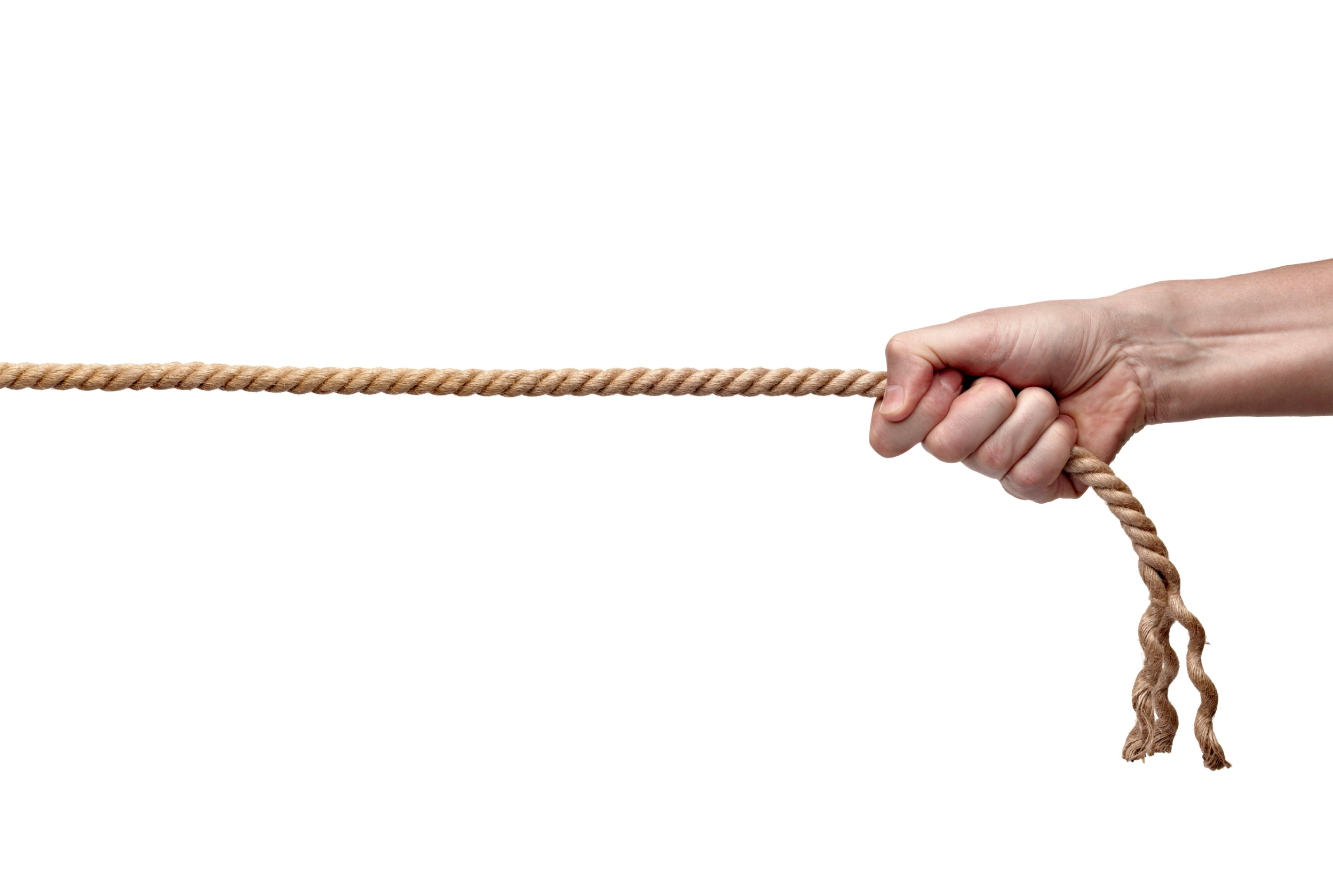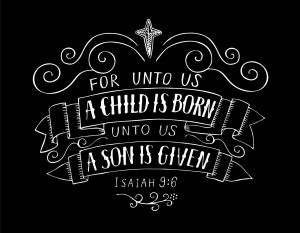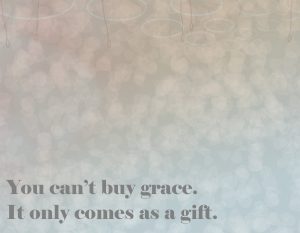the power of a story
I’ve always loved stories: books, one-on-one conversations in coffee shops, podcasts, movies, theater productions. As a counselor, I’ve found that stories can take on a therapeutic dimension, offering a unique pathway to self-discovery and introspection. In the counseling room, I’ve recommended the exploration of well-crafted stories as a means of gaining insight into one’s own emotions, thoughts, and life experiences. By digging into these narratives we can begin to externalize our internal struggles, making it easier to examine and process our own experiences. The storytelling process can also enable us to explore various perspectives, encouraging empathy and facilitating a deeper understanding of our own emotions and behaviors.
As a believer, I also think of Jesus and how he was the epitome of a great storyteller. Jesus used stories and parables as a teaching tool to communicate profound spiritual insights. Through deeply relatable narratives (grounded in the everyday experiences of his audience), he shared lessons that resonated with people from various backgrounds. The parables seemed to make his teachings more accessible and encouraged personal contemplation, prompting individuals to uncover deeper truths within the layers of his stories.
In light of the power of a good story and following the example of Jesus with his parables, I’m going to share a summary of The Bridge, a fable written by ordained rabbi and family therapist Edwin Friedman. You can find the full version here. I’ve found this fable, like many myths and classic fairy tales, appears simple on the surface (and a little disturbing), but upon closer inspection offers a more profound message that resonates with each of us in our human experience.

A contemplative man, having experienced life’s ups and downs, embarks on a journey toward his newly discovered dream. Along the way, his journey leads him to a bridge, stretching over a river. Upon reaching this bridge, he notices a stranger approaching from the opposite end. Dressed similarly, yet distinguished by a rope wound around his waist, the stranger politely asks if the man will hold the end of the rope. The man agrees, extending a hand in kindness.
“Two hands now, and remember, hold tight,” adds the stranger, before leaping off the bridge. The man clings to the rope and is barely able to keep from also being dragged over the side. Shocked, he looks down to find the stranger dangling, the river beneath him. The weight of the other person and the length of the rope seemed carefully calculated, creating a counterbalance that made it impossible for the man to pull the stranger to safety. Amidst the struggle, the pleading stranger reminds him, “If you let go, I will be lost. I am your responsibility.”
Caught in a moral dilemma, the man considers his choices — to let go and carry the weight of another’s likely demise or stay and forfeit his own goals and possibly be stuck on the bridge forever.
In a thought-provoking turn, the man, realizing the weightiness of the decision at hand, decides to relinquish control over the situation and let the stranger decide his own fate. Sharing his intentions with strength and kindness, the man says, “I will not accept the position of choice for your life, only for my own; the position of choice for your own life I hereby give back to you.” The man informs the stranger that he is going to let go of the rope if the stranger does not make any effort. The stranger responds, “You would not be so selfish. I am your responsibility.” The man waits for the stranger to make his choice. The stranger either doesn’t believe the man or does not care, because he makes no effort. The story ends when the man says, “I accept your choice,” and frees his hands from the rope.
—————————————————————————————————————————-
It is important to note that this is a fable, and we should read it through a mythical and imaginative lens and not a literal one. I am going to offer some reflection questions to encourage more thought and processing for each of us on an individual level.
- What character or object in the story do you most resonate with (the Man, the Stranger, the rope, the bridge)?
- Have you ever found yourself in a situation that reminds you of the fable?
- Is it love to never let go of the rope?
- How do you imagine the river below? Perhaps it is actually a fairly calm river and the drop of the stranger into the water is NOT a life-or-death matter but more of a cold, wet, wake-up call for the stranger as he paddles to shore. Explore how this might change the reading of the end of the story.
- Could the men in the fable be the same person? Explore how this might be true and if you can relate to being BOTH the stranger and the man at the same time.
I won’t delve into all the potential lessons an individual might be able to pull from this fable. Instead, I encourage you to dig into it on your own; perhaps contemplate some of the questions above and your overall experience of reading it, and/or explore the profound influence of story-reading on personal growth. Every narrative, in my opinion, encourages us to understand our own story more deeply and to uncover how our personal narratives align with the overarching Gospel story that encompasses them all. Similar to the biblical parables, each written story can serve as a reflective mirror, allowing us to consider our personal struggles and victories, while also sharing valuable insights and lessons. Whether it’s a classic novel, an adventure tale, or a simple fable sparking our imagination, each story can act as a therapeutic tool for personal development and open a gateway for spiritual growth in our relationship with the Lord.
 Hannah Van Patter began counseling in 2008 and joined Barnabas Triad in 2018. She is a Licensed Clinical Mental Health Counselor, completing her undergraduate degree at UNCG and her Masters at NC A&T. She has also completed online courses through The Allender Institute in Seattle. Hannah is married to Michael and they live in Greensboro with their three children. When she isn’t counseling, Hannah enjoys spending time with her family and friends, being outside, thrifting, cooking curry, and watching The Great British Bake-Off.
Hannah Van Patter began counseling in 2008 and joined Barnabas Triad in 2018. She is a Licensed Clinical Mental Health Counselor, completing her undergraduate degree at UNCG and her Masters at NC A&T. She has also completed online courses through The Allender Institute in Seattle. Hannah is married to Michael and they live in Greensboro with their three children. When she isn’t counseling, Hannah enjoys spending time with her family and friends, being outside, thrifting, cooking curry, and watching The Great British Bake-Off.




